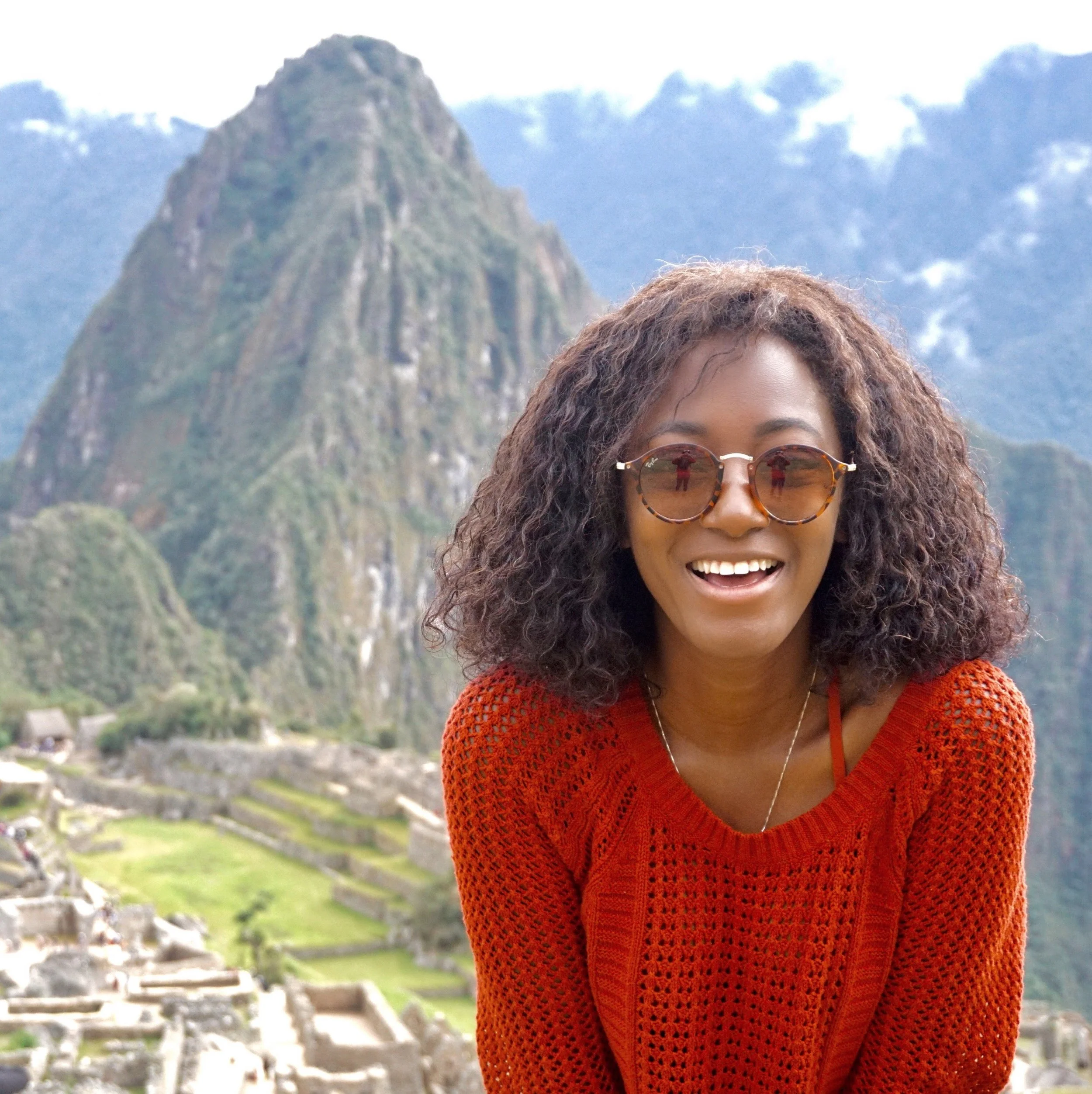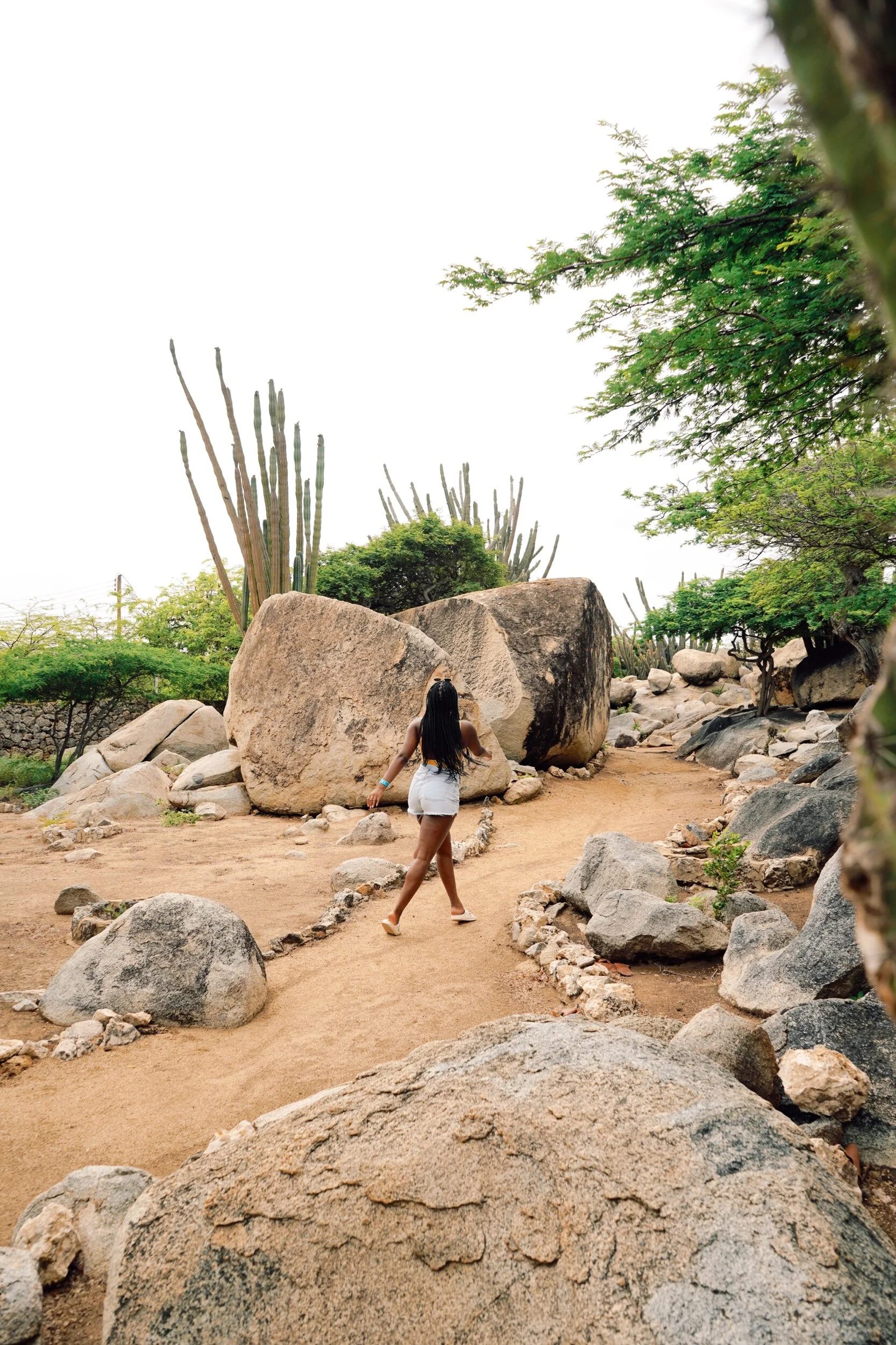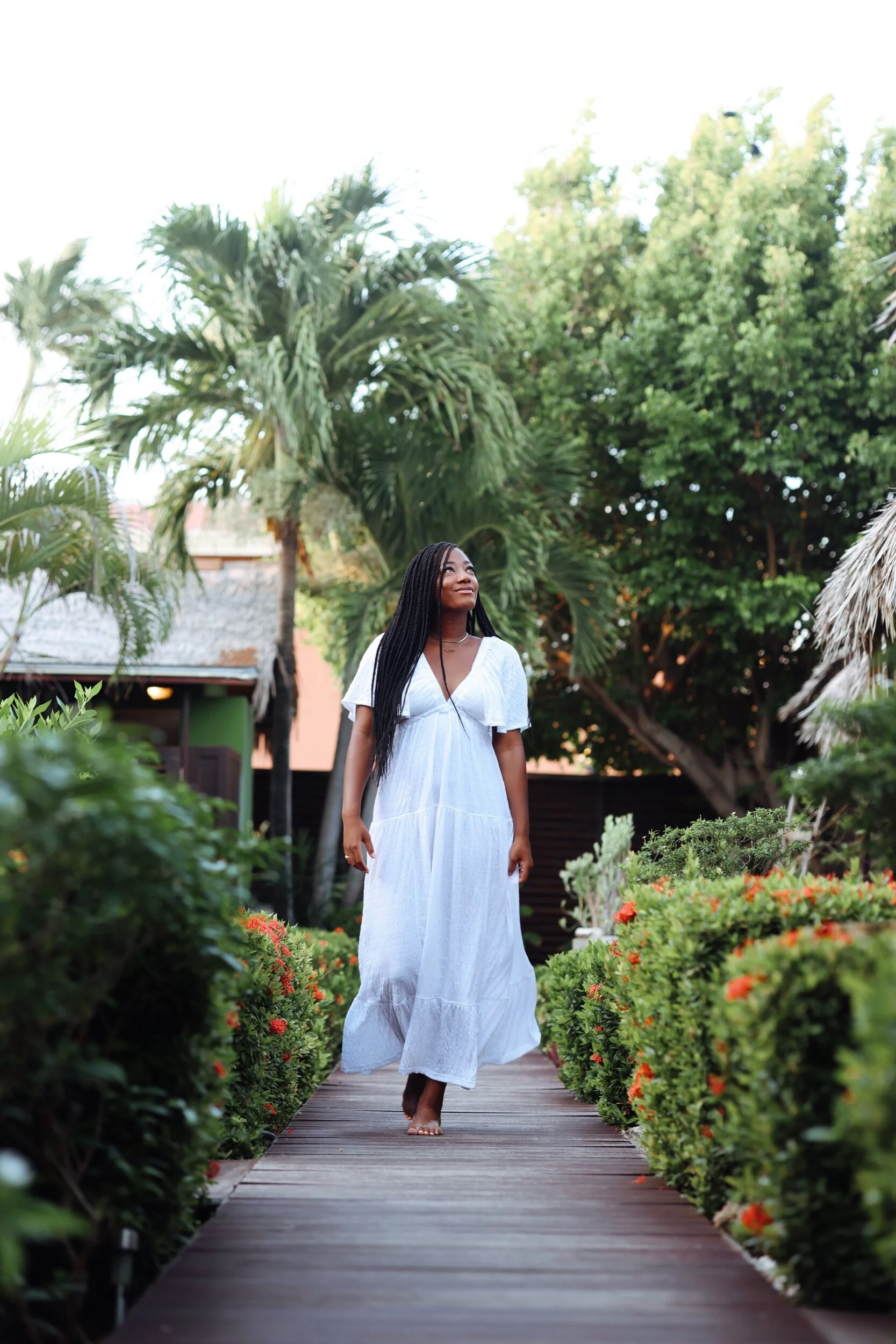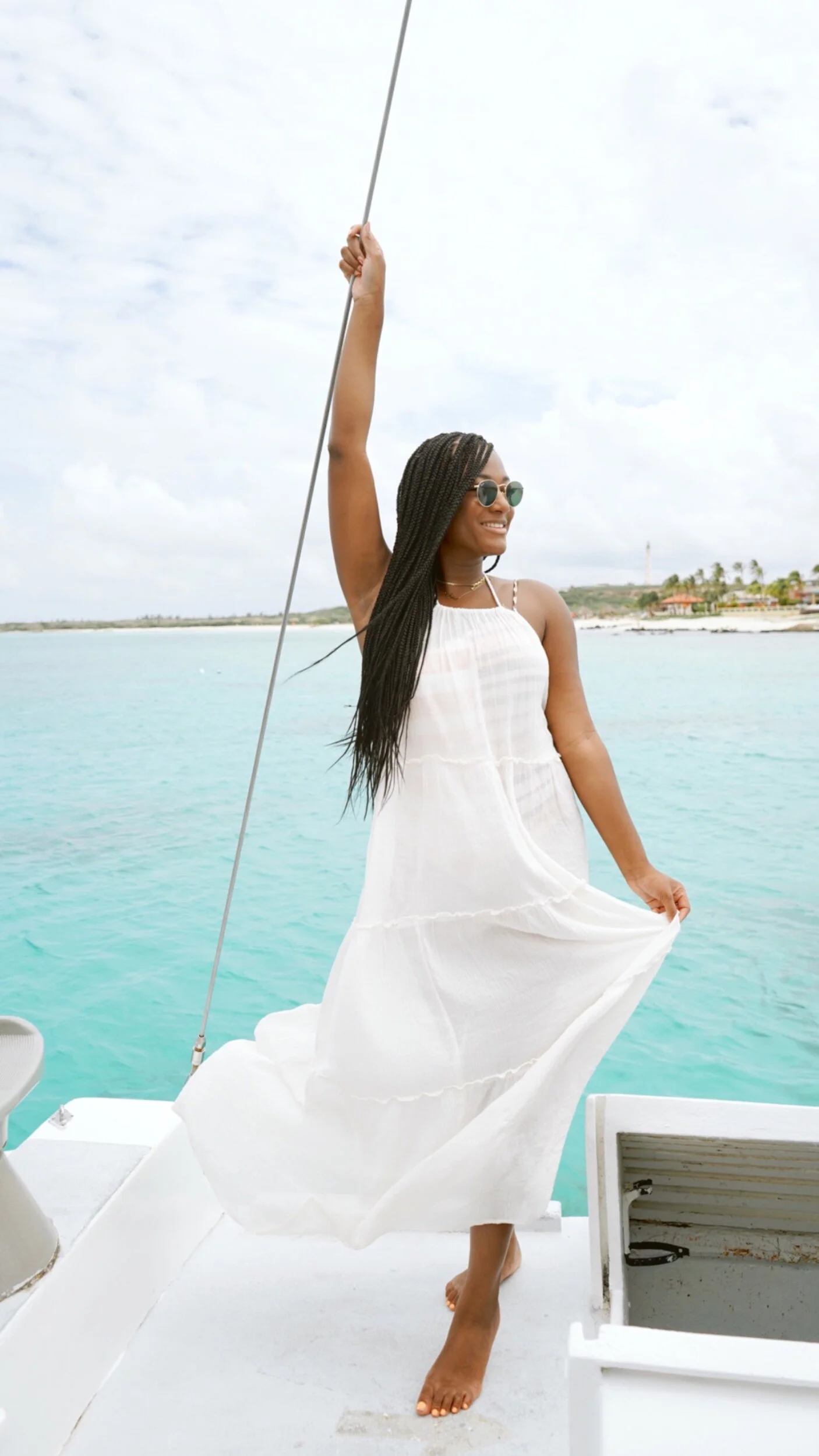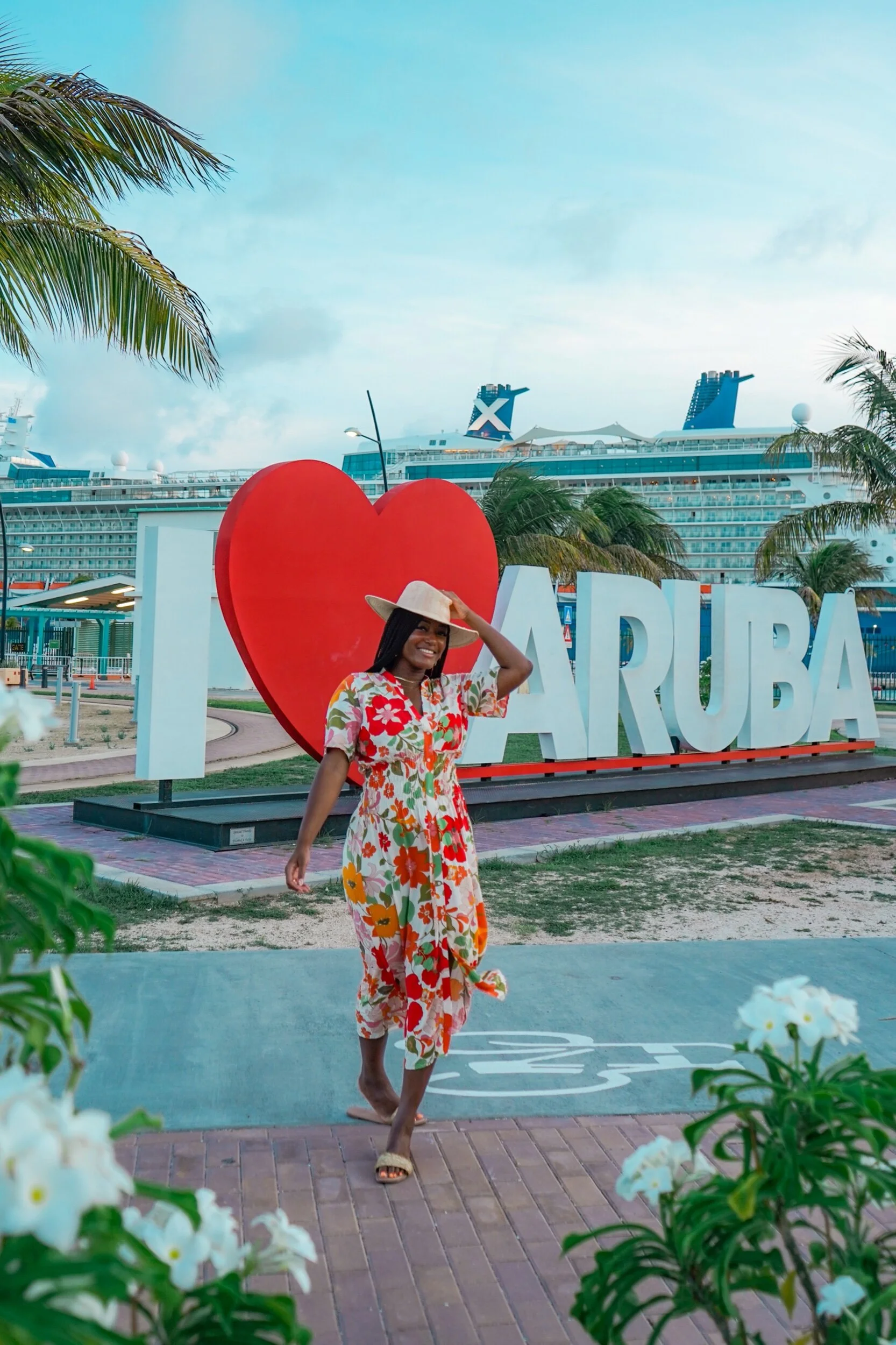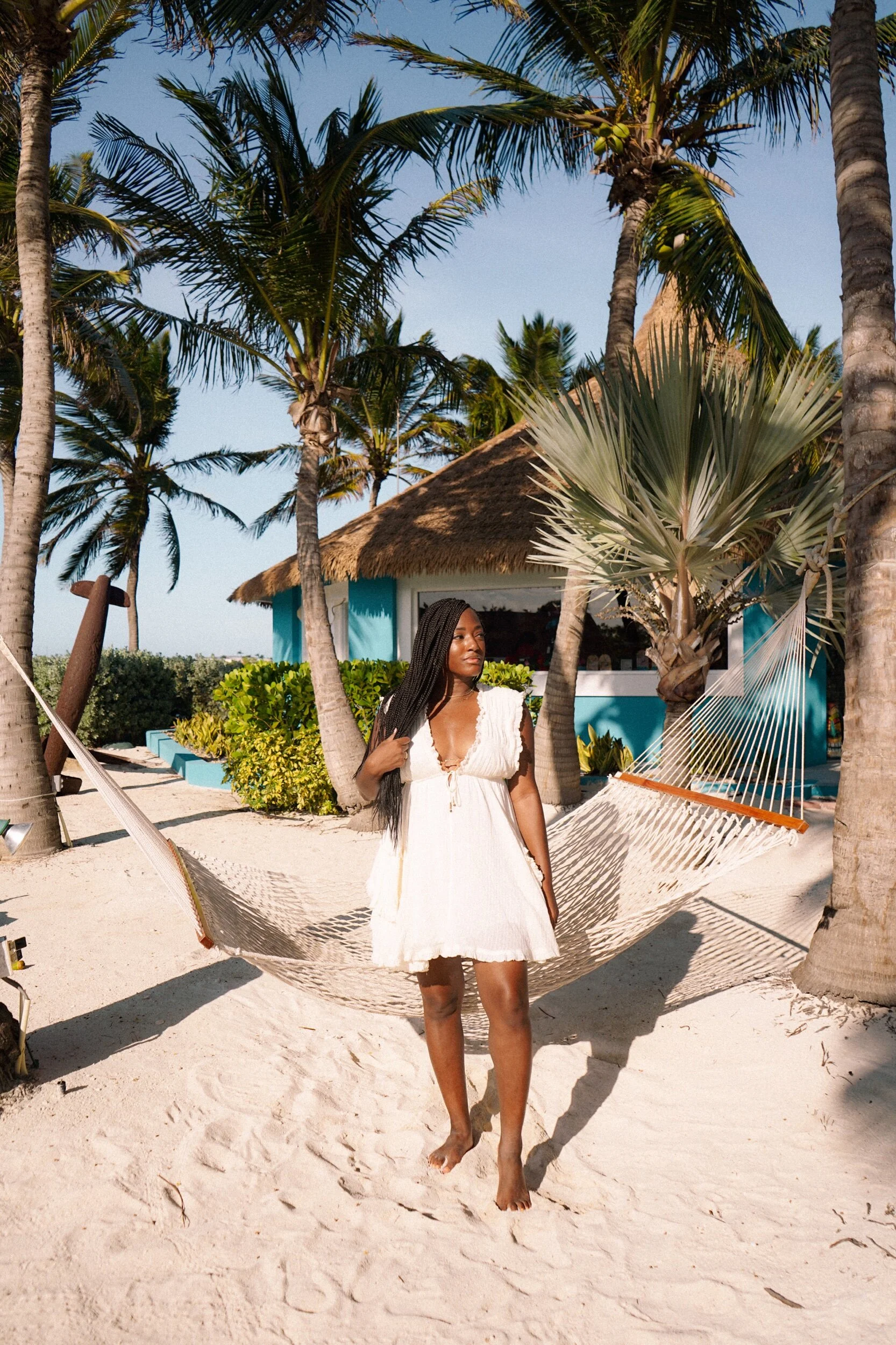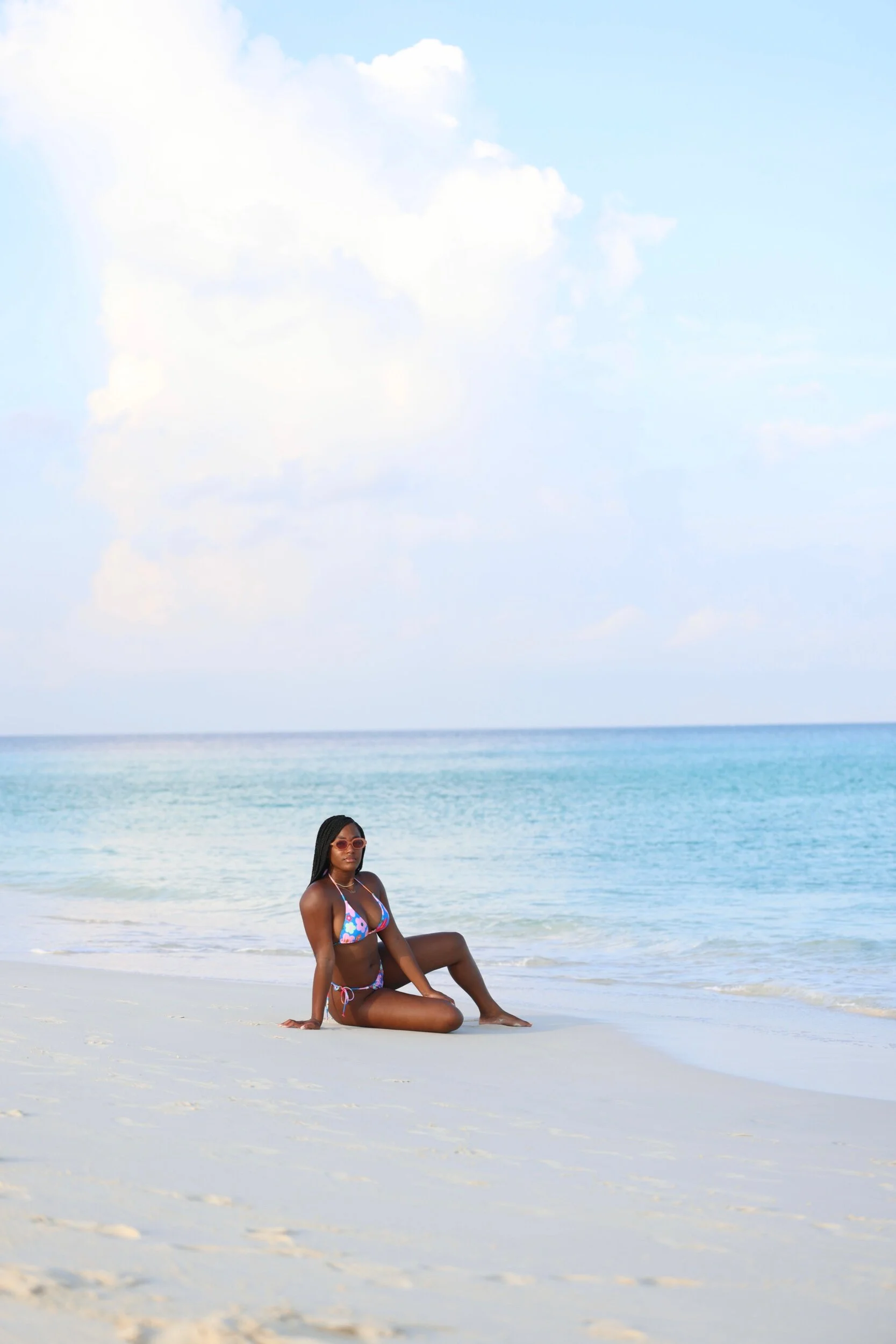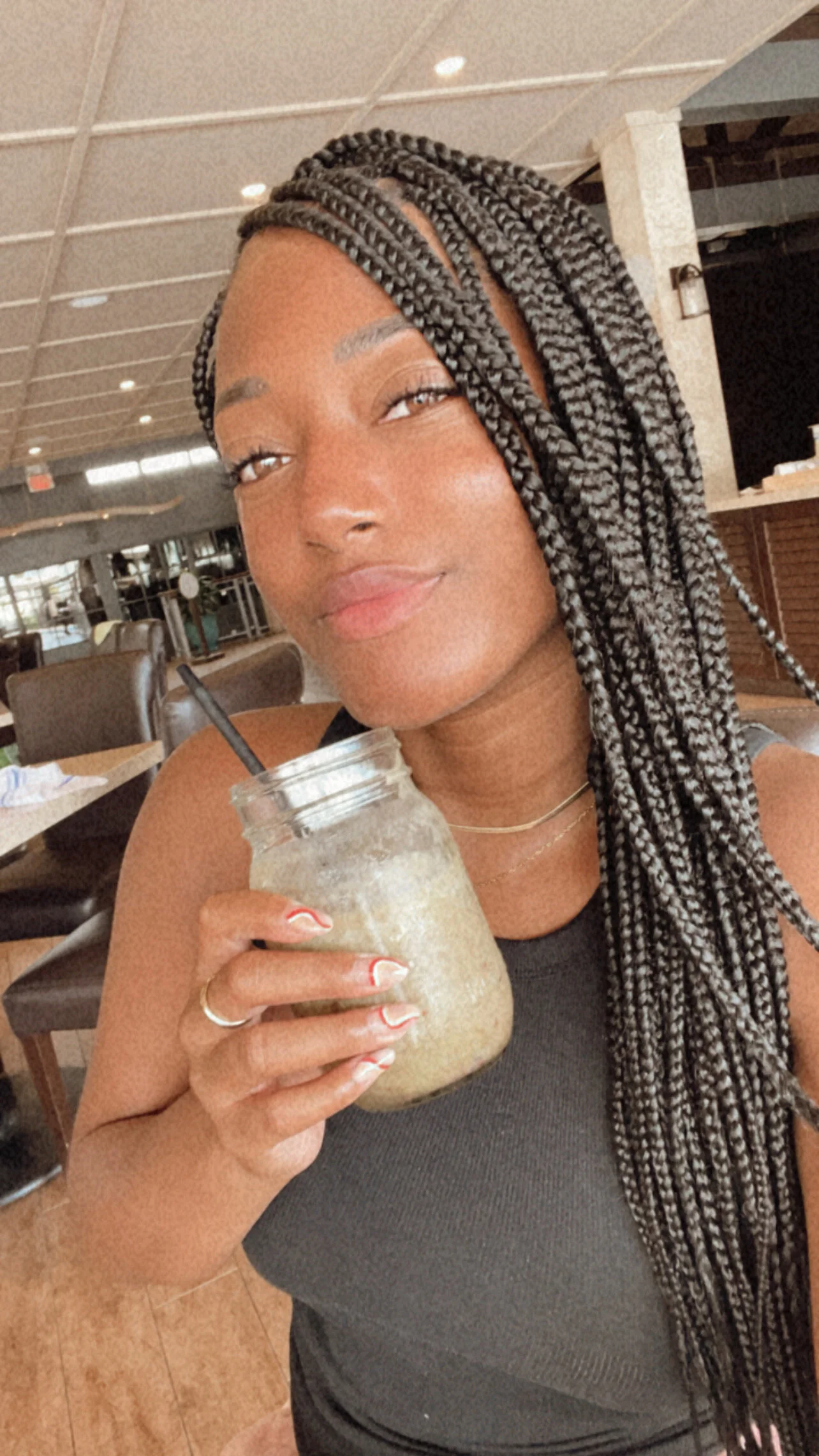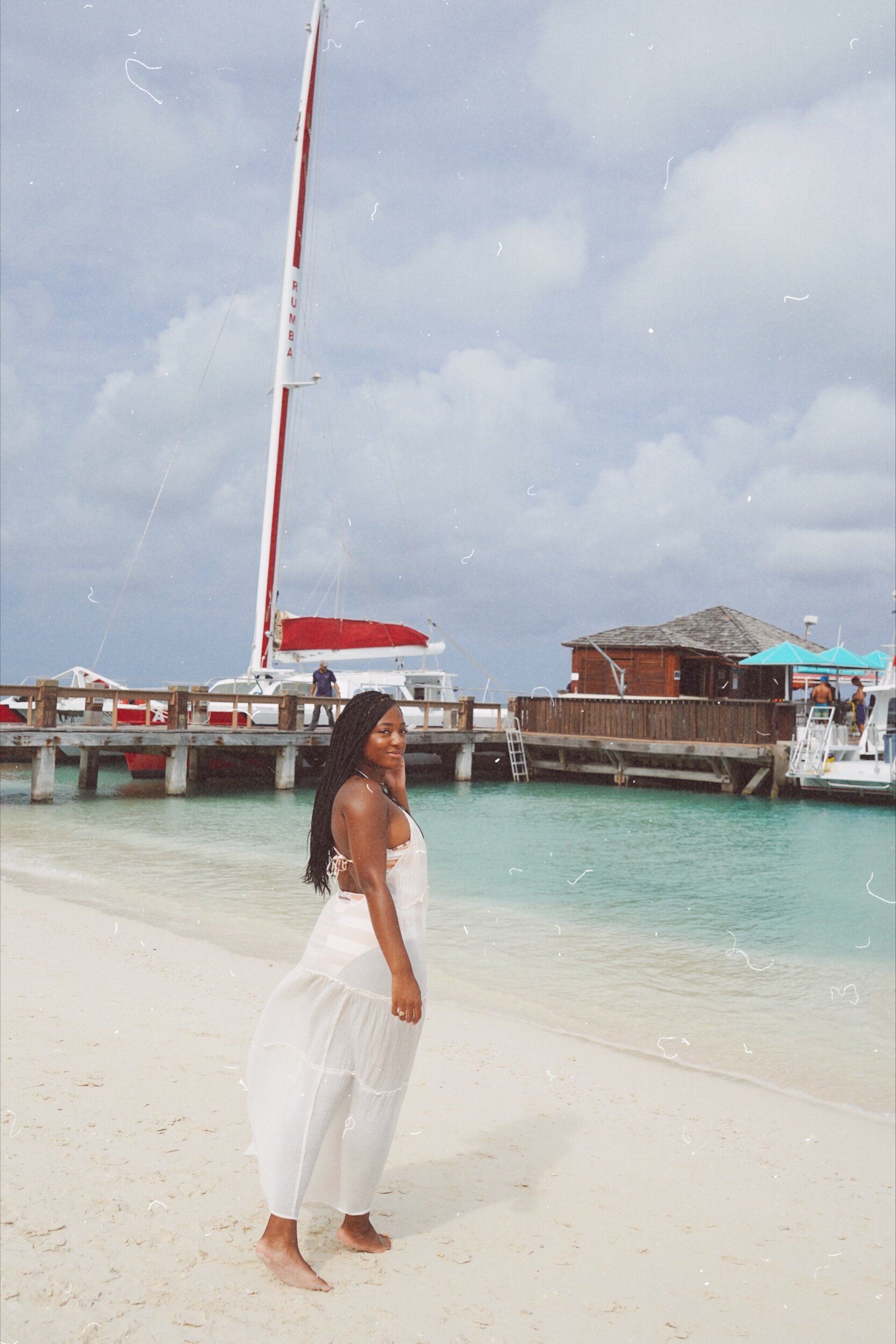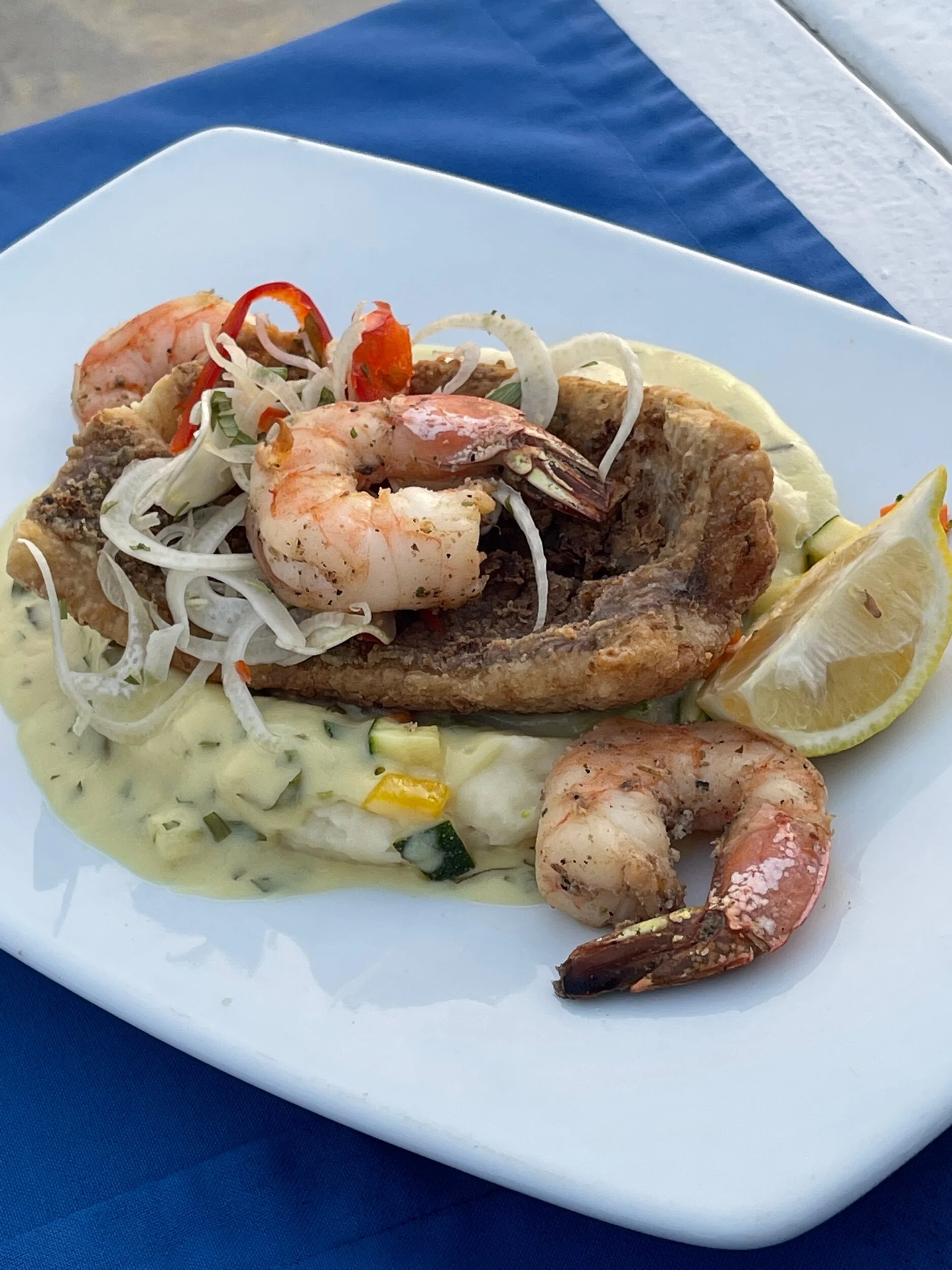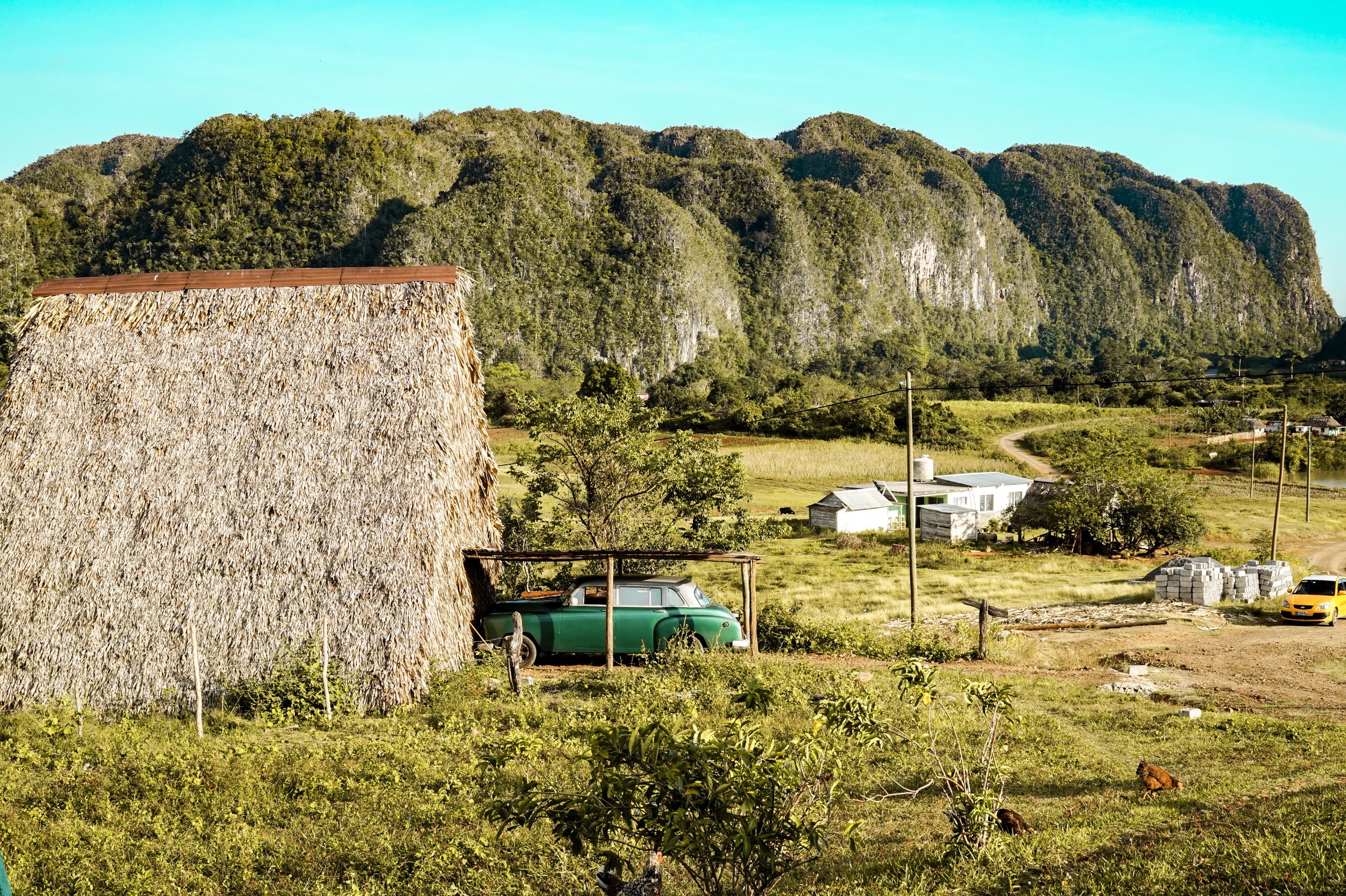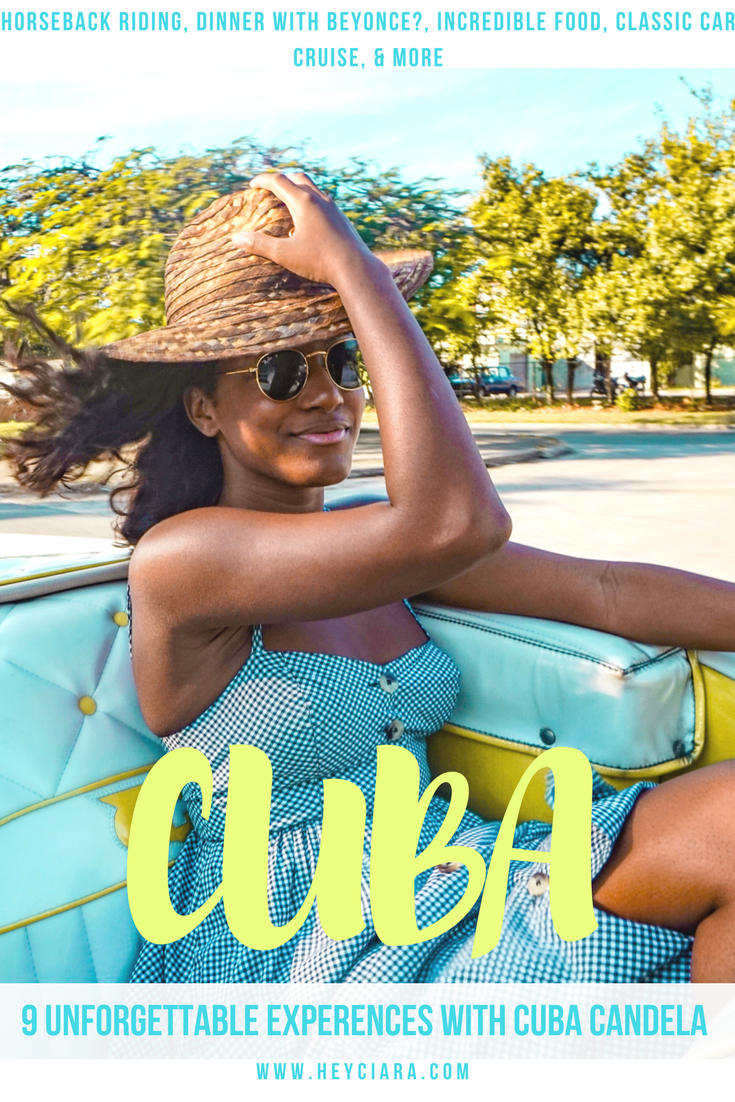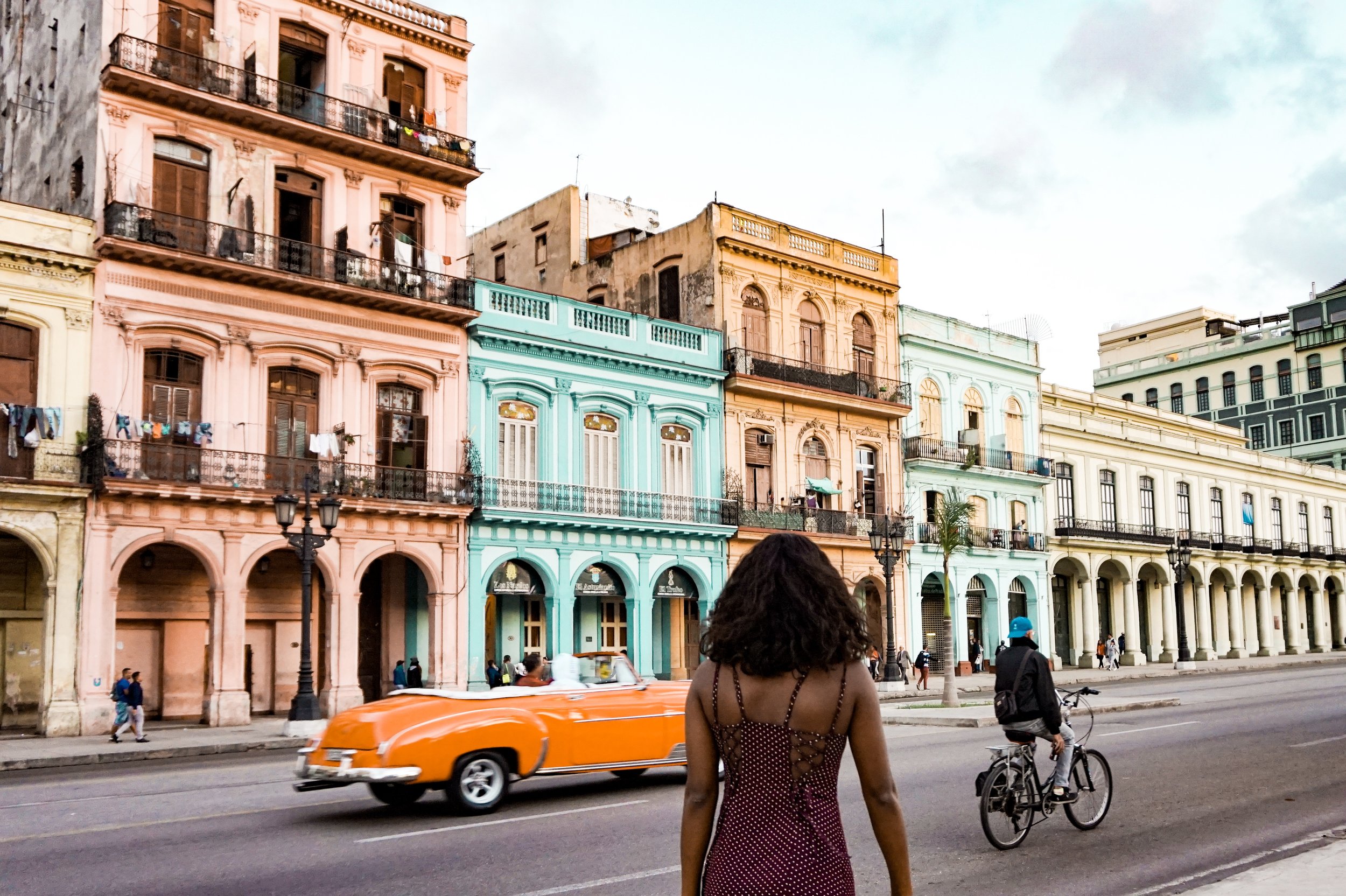Welcome to the island of Aruba! Aruba is a small island in the Caribbean with a population of just under 100,000 people. The island is the most popular vacation spot in the Caribbean and for good reason. There are several things that make this destination so special including its natural beauty, white sand beaches, world-class resorts and restaurants, and stunning diving sites with plenty of marine life. It has been voted as one of the best places to live and work on many occasions due to its stunning beaches, great weather, and friendly residents. Aruba is an enticing destination for most travelers, like myself, but it can be hard to plan your itinerary for such a short visit. Because of that, I have put together this ultimate 3-day itinerary for you to ensure you get to experience all of these wonderful aspects that I have been lucky enough to experience myself!
Why Visit Aruba?
What makes Aruba so special? Besides the obvious—the gorgeous beaches, resorts, marine life—it is one interesting island. Here are some interesting facts to get you excited for when you visit Aruba.
• The island is actually three islands connected by bridges: Aruba, Curaçao, and Bonaire.
• It has the second-longest bridge in North America
• There are over 200 natural freshwater springs on the island - one for every square mile!
• The country has become known for its casinos, being one of the first islands to offer casino gambling, since they were legalized in 1976.
• The average temperature ranges from 75° to 85° F year-round, with consistently gorgeous weather (as long as you avoid hurricane season)
• The island is situated just above Venezuela. You can even see the country from certain parts of the island.
• Aruba is a constituent country of the kingdom of the Netherlands - right along with Netherlands, Curaçao, and Sint Maarten.
• The locals speak Papiamento, a Creole language rooted in Dutch, English, Spanish, Portuguese, and French(along with a few other languages). That’s not all though. Most of them speak 4-5 languages. Had this American feeling really bad about my 1.5 languages spoken.
• Aruba is incredibly diverse, a true melting pot with over 90 nationalities represented across a population of over 100k people.
• YOU CAN DRINK THE WATER!!! Thanks to a desalinization plant, the island is known for its refreshingly tasty tap water. No need to buy water bottles. Just bring your own to refill.
• Aruba produces lots of Aloe Vera. You’ll probably need some after spending your days in the sun.
• Despite the tropical climate, Aruba is a desert island.
• There are over 40 beaches to be found in Aruba, famous for the white sand that can be walked barefoot even at the hottest time of day.
• Aruba is known for some of the best snorkeling and diving in the Caribbean (bring an underwater camera!)
• Aruba’s nickname is “one happy island”, and it def lives up to its name!
Where to Stay in Aruba
The first step in your planning your itinerary is finding where to stay in Aruba. I cannot tell you how great my stay at Manchebo Beach Resort & Spa was.
Set on tranquil Eagle Beach and recently named one of the “Top Ten Beaches in The World” by TripAdvisor, Manchebo Beach Resort & Spa occupies perhaps the most enviable oceanfront hotel location in Aruba. Mánchebo offers yoga, Pilates classes, spa services, dining options, pool access and beach access.
You’ll be welcomed with a mojito upon checking in and you have four restaurants to choose from if you’re feeling hungry after a long day of lounging on the beach. While I LOVED eating at The Chophouse, my favorite part of staying at Manchebo was the free breakfast. This wasn’t just your standard continental breakfast buffet, but instead a full food and smoothie menu! Plus, it was included in the cost of your stay. What more could a traveler ask for?
What to do in Aruba
Now that you know where you’re staying, you need to find out what to do in Aruba. There are countless experiences to be had, it can be hard to figure out how to fit it all in! But don’t worry—That is what I am here for. Of course, you can change up the activities and days to your preference, but hopefully this will be a start to getting you prepared for the trip of a lifetime!
Aruba is definitely known for its beaches and if you love adventure like myself, you might be wondering what else there is to this island. Don’t worry, I gotchu! There’s definitely something for everyone!
Day 1 – Kick back and Relax
The day you arrive might be a tiring one. Plus, you’ve arrived at one of the most laid-back islands out there! Give yourself some time to relax and take in the beauty of Aruba. Unpack your bags before exploring your hotel and journeying to the nearest beach.
Head down to the famous beaches - I mean, aside from the food, isn’t this what you came for? Choose from beaches like Palm Beach, Eagle Beach, Arashi Beach, Manchebo Beach, Malmok Beach & Boca Catalina Cove(ideal for snorkeling), Boca Keto, and many more!
Do Yoga on The Beach - Many hotels, like the one I shared above, will offer yoga and it makes sense that they do— Aruba is so laid back and peaceful that if only makes sense for you to find some Zen.
Nap in a hammock – enjoy the sound of the waves and the beautiful weather while recouping from your travel.
Try some local food – There are plenty of tasty restaurants to choose from, but I’d really recommend kicking things off with some Aruban cuisine! Consider trying Zeerovers, a local favorite that serves up fresh seafood right on the beach. As an alternative, hit up The old Cunucu House. This 150-year-old home has been converted into a charming restaurant that serves up authentic Aruban plates. They’re known for their goat, lamb, and oxtails!
Scroll to the bottom of this post for all of my food recommendations!
Day 2 – Explore The Island
One of the best things about Aruba is the sights to see and you’ve got a full day to explore. I recommend taking a day to appreciate the beauty and charm of the island. Here are some great options:
Tour Arikok National Park - This national park takes up 20 percent of the island and you can explore the landscapes via ATV or 4-wheeler. You can also do a day hike with a park ranger if you’re in need of a physical challenge. Book with ABC Tours Aruba!
Go snorkeling – This is a must at least once! The reefs are unlike any other. You can spend a day on a catamaran, where you can snorkel, swim, and chill while sipping on Aruba Aribas, the National drink!
Tour Natural Springs - You can take a tour of one of the many natural springs at Casibari National Park or Piscadera Bay Resort & Marina- both offer snorkeling opportunities as well as guided tours through subterranean caverns which provide access to cold, deep freshwater pools.
Visit a natural pool and Indian cave on a Jeep Safari Tour – Take half of your day and get a tour around the island, with the opportunity to see one of the most beautiful natural highlights. The Natural Pool in Arikok National Park is a perfect place to swim and snorkel with other adventurous types who have made the arduous 4x4 Land Cruiser road trip. You will stop at various attractions along your journey, like Dos Playa beach or Fontein Garden before arriving at this serene natural poolside setting where there are rock formations on either side of you as well! This is a great way to combine both Arikok National Park and natural springs! I HIGHLY recommend ABC tours - ask for Boss Lady!
Spend a day on a catamaran - There’s no better way to explore an island! You can snorkel(if diving is too much for you), swim, slide/jump into the water or just chill while sipping on Aruba Aribas - the National drank. I sailed with Delphi Watersports!
Jump on a party bus - Looking for a nightcap? Hop aboard the Kukoo Kunuku bus, where you’ll party on a wacky bus trip while cruising through both city streets and country roads. It might sound cheesy, but it’s a great way to make new friends and while seeing the island.
Day 3—Go on an adventure
You cannot visit Aruba without taking part in an adventure. Get out of your comfort zone and have an experience that will stay with you forever!
Go diving – Aruba is a great place to get your dive on. Divers may want to explore Antilla Shipwreck, which has been listed as one of the largest shipwrecks in Caribbean waters! You can even sign up for an intro/discovery swim if you don't have any experience - there's no better way to learn than by doing it yourself right?
Take Kite Surfing Lessons - This is the place to take your kiting skills up a notch! The strong trade winds make it an ideal destination for this exciting sport.
Go Cliff Jumping - Cliff jumping in Aruba is an adventure! The natural pools are beautiful and it's easy to get yourself into the water if you're feeling adventurous. I went for a dive at Conchi pool, which can only be reached by 4x4.
Learn to cook a traditional meal - Foodie alert!! If your idea of a good time is getting adventurous with some food, then this one is for you! IMO, food is one of the ultimate paths to learning about a new destination. Instead of just eating, learn about the ingredients, process, etc. This can be found on Airbnb Experiences linked here!
Eat your heart out!!
This one isn’t reserved for any particular day! Here are some other restaurants worth trying during your time in Aruba!
Oneil’ Caribbean Kitchen - Another local fave!! Another spot that combines Aruban and Caribbean flavors with dishes like Jerk Chicken, Ribs, lamb, etc. This came highly recommended but the locals that I met.
Screaming Eagle/ @screamingeaglearuba - Sit out on the porch and enjoy tasty seafood in a relaxing atmosphere! Everything we ordered here was on point so you’ll just have to see for yourself. Be sure to make a reservation!
Flying Fish Bone - Ever ate with your feet in the ocean? Well, you can at this seafood spot! I honestly thought this would be one of those places where the views surpassed the food quality 👀 but everything was on point…including the service! This spot definitely lived up to the hype and it was incredible to sip on Aruba Ariba(Aruba’s signature cocktail) while the sunset over the sea.
William’s Dutch Pancake House/ @dutchpancakesaruba - I’m a sucker for a solid breakfast and this is def one of the top 10 breakfasts that I’ve enjoyed around the world. You MUST try the traditional Dutch Pancakes - particularly the Poffertjes (Dutch style silver dollar pancakes). From this point on, If my pancakes aren’t mini then I don’t want them! Arrive early, but know that this breakfast is def worth the wait!
Additional tips for visiting Aruba
Rent a car in Aruba - Taxis can cost you up to $30 one way and the island is very spread out, so you’ll save time and money by renting a car. You’ll also be able to explore to your heart’s desire! Be prepared to drive through non-stop roundabouts.
Pack plenty of sunscreen and mosquito spray - While the weather isn’t extremely hot, you’ll def want to bring sunscreen. Mosquito spray will save you during late evenings on the beach.
Bring a water bottle - Aruba is known for its refreshing water, so I’d recommend bringing a water bottle to refill on your daily adventures!
If you’ve been to Aruba and you have any recommendations, please drop them below! What‘s been your favorite restaurant experience while traveling?
I hope you can find some inspiration in this post for your next trip to Aruba! Let me know what you think of the itinerary and which recommendations from this 3-day adventure might work best for you. If nothing else, it should be a good start as you plan your own perfect vacation on one of our favorite Caribbean islands!

